Ozone concentrations over Antarctica in October 1979 and October 2008. The ozone hole is the large purple and blue area in the 2008 image.
Click on image for full size
Image courtesy NASA.
Ozone Hole
The Ozone Hole is a major "thinning" of the ozone layer in Earth's atmosphere. It was first noticed in the late 1970s. The hole appears in the winter over the poles, especially the South Pole. Various chemicals that humans release into the atmosphere help cause the hole. Special weather patterns near the poles in winter also help cause the holes to form.
Ozone in the stratosphere protects us from ultraviolet radiation in sunlight. The ozone layer is sort of like sunscreen for planet Earth. That's why holes in the ozone layer are bad news.
Ozone is an unusual type of oxygen molecule. Normally, there are higher concentrations of ozone at various altitudes in the stratosphere. Sometimes, under the right conditions, chemical reactions in the ozone layer can destroy most of the ozone, creating an ozone "hole".
People from many countries have agreed to stop emitting most of the chemicals that destroy ozone. Scientists are hopeful that ozone holes will disappear sometime in the future if we continue to stop emissions of the problematic chemicals.
You might also be interested in:
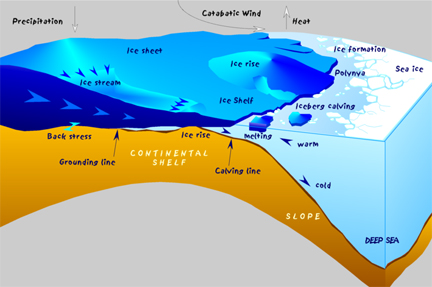
Antarctica is the coldest place on Earth. It is even colder than the Arctic! Temperatures as low as -129 degrees F (-89 degrees C) have been recorded. Near the South Pole, the average temperature is only
...more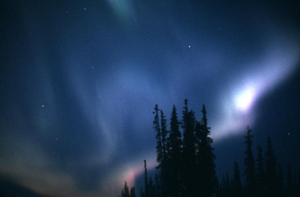
Stuff in the Polar Atmosphere There are some special things that happen in the atmosphere near the Poles of the planet. Here are a few of them. Particles from the Sun follow Earth’s magnetic field and
...more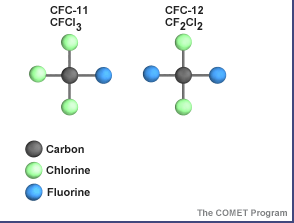
Most of the ozone that we know about is found in the the stratosphere, the second layer of the Earth's atmosphere. Ozone forms a kind of layer in the stratosphere. This layer shields us from the Sun's
...more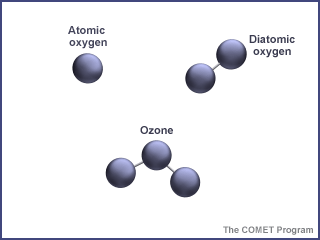
Ozone is a special kind of oxygen molecule. Normal oxygen molecules (O2), the kind we need to breathe, have two oxygen atoms. Ozone molecules (O3) have three oxygen atoms. Ozone forms when a photon of
...more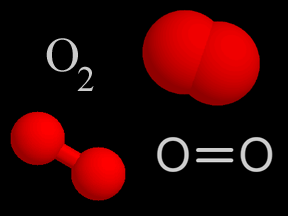
Oxygen (O2) is a kind of gas. A lot of the air you breathe is oxygen. That's a good thing, since we need oxygen to stay alive! About 4/5ths of the air in Earth's atmosphere is nitrogen (N2). Almost all
...more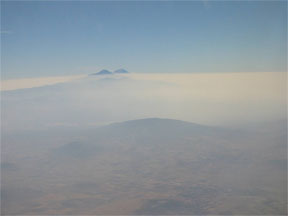
Have you ever heard of air pollution? Air pollution is not new. 700 years ago, when people started burning large amounts of coal 700 years ago in London, England, they complained about the dust and soot
...more
Rainbows appear in the sky when there is bright sunlight and rain. Sunlight is known as visible or white light and is actually a mixture of colors. The sun's rays pass through millions of raindrops. A
...more















